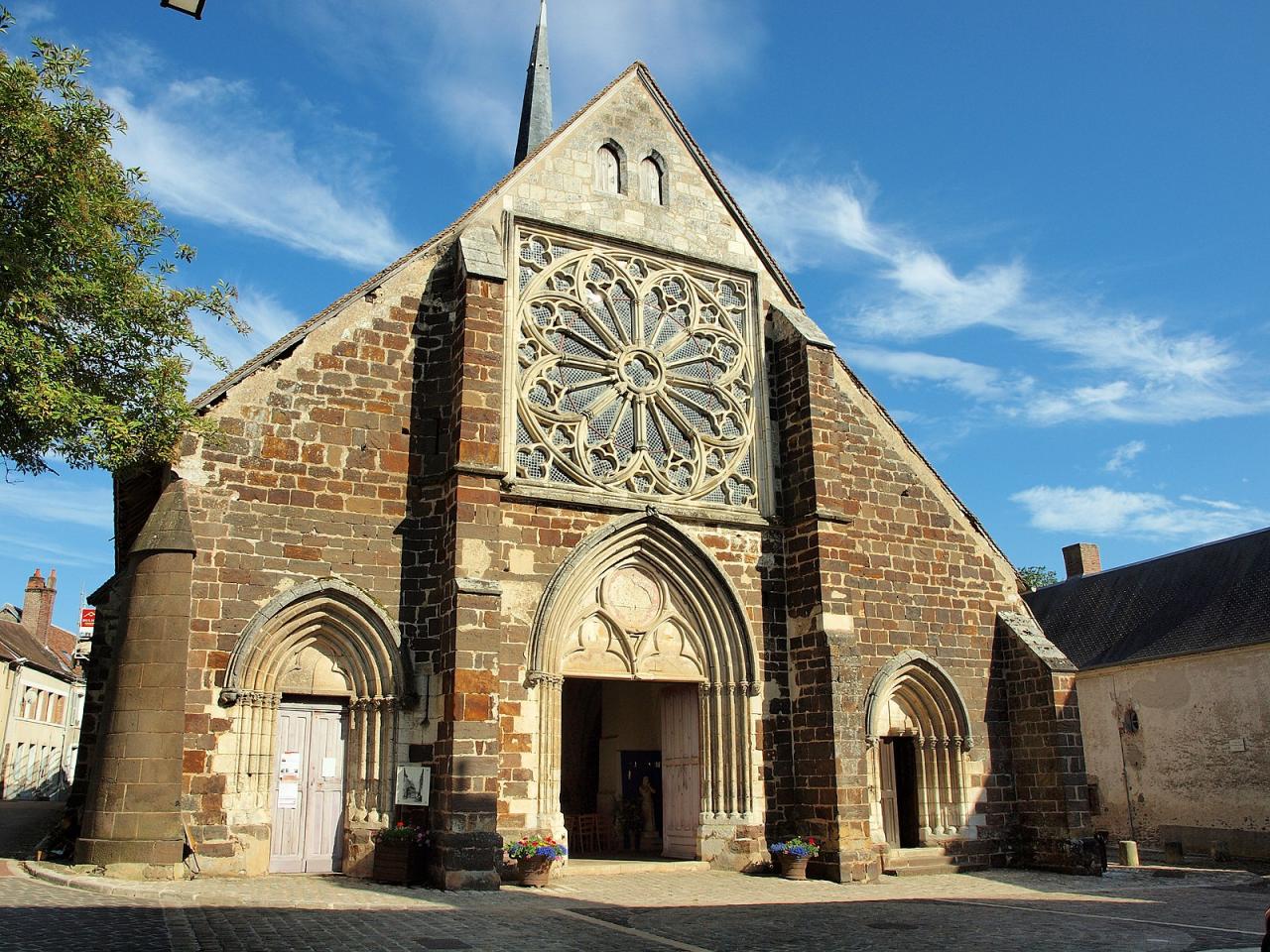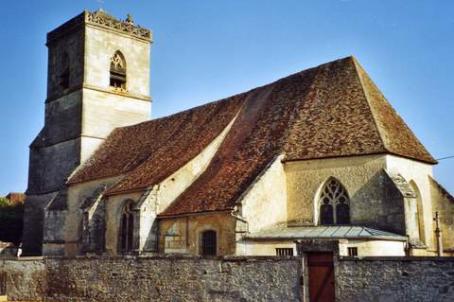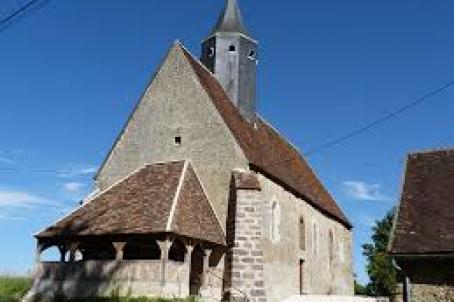Church of Saint Ferreol

This church is impressive by its monumental pink rose placed on the façade. It was built in the 12th and 13th centuries. In the 16th century, it was enlarged and renovated. Today, only the portal, a bay and the bell tower are original.
About this building
Latin cross plan building. If the rose window brings charm to the main facade, the stained glass windows inside are also impressive. The interior of the church also contains several interesting objects: a tabernacle dating from the 18th century, a stained glass window in the apse by George Desvallières, and a funeral slab dating from the 14th century.




